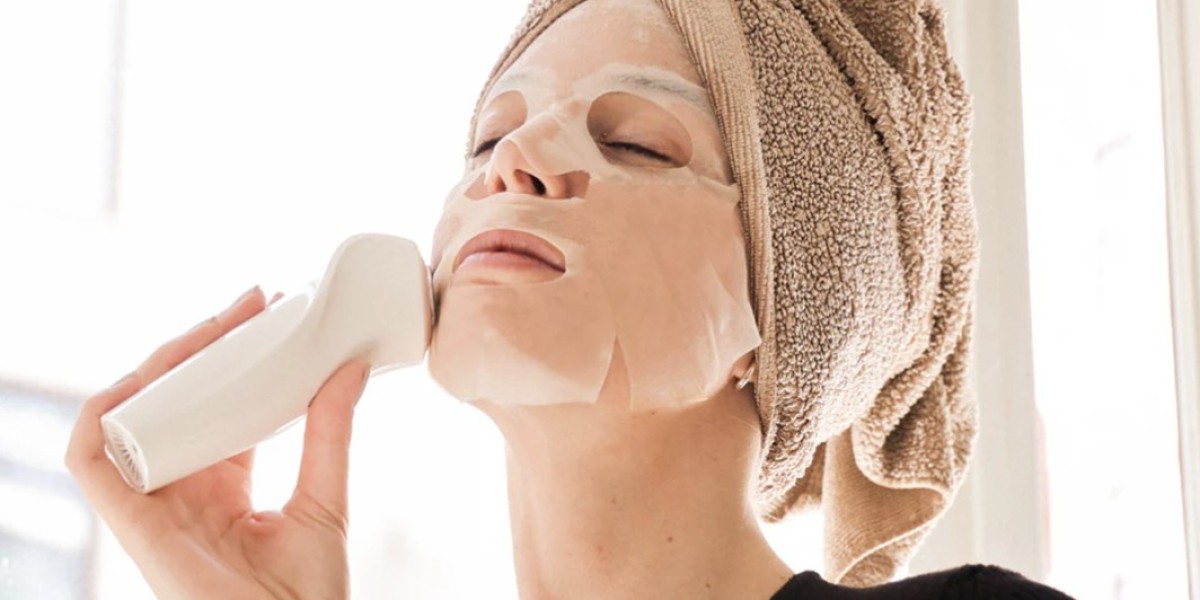Allergic Contact Dermatitis: This is one of the most common skin reactions to cosmetics. It occurs when the skin comes into contact with an allergen in the cosmetic product. Symptoms include redness, itching, swelling, and sometimes blistering.
Irritant Contact Dermatitis: This reaction is not necessarily an allergic one but is caused by irritation from certain ingredients in cosmetics. It can lead to red, dry, and flaky skin.
Acneiform Eruptions: Certain ingredients in cosmetics, such as comedogenic substances or oils, can clog pores and lead to acne-like eruptions. This is especially common in products like foundations, creams, or moisturizers.
Perioral Dermatitis: This is a facial rash that tends to occur around the mouth, eyes, and sometimes the forehead. It can be triggered by certain cosmetic products, particularly those containing steroids.
Rosacea Flare-ups: Cosmetics with harsh ingredients or those that cause skin irritation may trigger flare-ups in individuals with rosacea, a chronic skin condition characterized by redness and visible blood vessels.
Photosensitivity Reactions: Some cosmetics contain ingredients that make the skin more sensitive to sunlight, leading to increased risk of sunburn or other sun-related skin damage.
Hypersensitivity Reactions: Severe allergic reactions to certain ingredients in cosmetics can lead to symptoms such as swelling, difficulty breathing, and anaphylaxis. This is less common but can be serious.
To prevent skin disorders caused by cosmetics, individuals should:
Patch Test: Before using a new cosmetic product, perform a patch test on a small area of skin to check for any adverse reactions.
Read Labels: Be aware of the ingredients in cosmetic products and avoid those known to cause irritation or allergic reactions.
Choose Hypoallergenic Products: Opt for products labeled as hypoallergenic, fragrance-free, and non-comedogenic, especially if you have sensitive skin.
Maintain Good Hygiene: Keep cosmetic tools and applicators clean to prevent bacterial contamination.
Allergic Contact Dermatitis (ACD):
- Mechanism: ACD is a delayed hypersensitivity reaction involving the immune system. It occurs when allergens, such as preservatives, fragrances, or certain dyes, come into contact with the skin, leading to an immune response.
- Clinical Presentation: Erythema, pruritus, vesicles, and edema are characteristic symptoms. The reaction is typically localized to the site of contact.
Irritant Contact Dermatitis (ICD):
- Mechanism: ICD is a non-immune response to irritants in cosmetics, like detergents, solvents, or acids, causing disruption to the skin barrier and triggering inflammation.
- Clinical Presentation: Symptoms include redness, scaling, and dryness. Unlike ACD, ICD does not involve an immune response and tends to occur at the site of exposure.
Acneiform Eruptions:
- Mechanism: Comedogenic ingredients, such as certain oils or waxes, can lead to the obstruction of hair follicles and sebaceous glands, resulting in acneiform eruptions.
- Clinical Presentation: Formation of comedones, papules, and pustules, particularly in areas where cosmetic products are applied.
Perioral Dermatitis:
- Mechanism: The use of topical steroids in cosmetic products can contribute to the development of perioral dermatitis, likely due to the rebound effect after discontinuation.
- Clinical Presentation: Papules and pustules around the mouth, eyes, and sometimes the forehead, resembling acne, but distinct in its appearance.
Rosacea Flare-ups:
- Mechanism: Harsh or irritating cosmetic ingredients can exacerbate the symptoms of rosacea, a chronic inflammatory skin condition.
- Clinical Presentation: Increased redness, flushing, and visible blood vessels in affected areas.
Photosensitivity Reactions:
- Mechanism: Certain cosmetic ingredients, like fragrances or certain antimicrobial agents, can make the skin more sensitive to UV radiation, leading to phototoxic or photoallergic reactions.
- Clinical Presentation: Erythema, edema, and blistering in sun-exposed areas.
Hypersensitivity Reactions:
- Mechanism: Severe allergic reactions involve an exaggerated immune response to specific cosmetic ingredients, leading to systemic symptoms.
- Clinical Presentation: Anaphylaxis, characterized by swelling, difficulty breathing, and in extreme cases, cardiovascular collapse.
Prevention involves thorough ingredient analysis, patch testing, and selecting products with hypoallergenic and non-comedogenic formulations. In cases of persistent reactions, consultation with a dermatologist for precise diagnosis and management is crucial.








